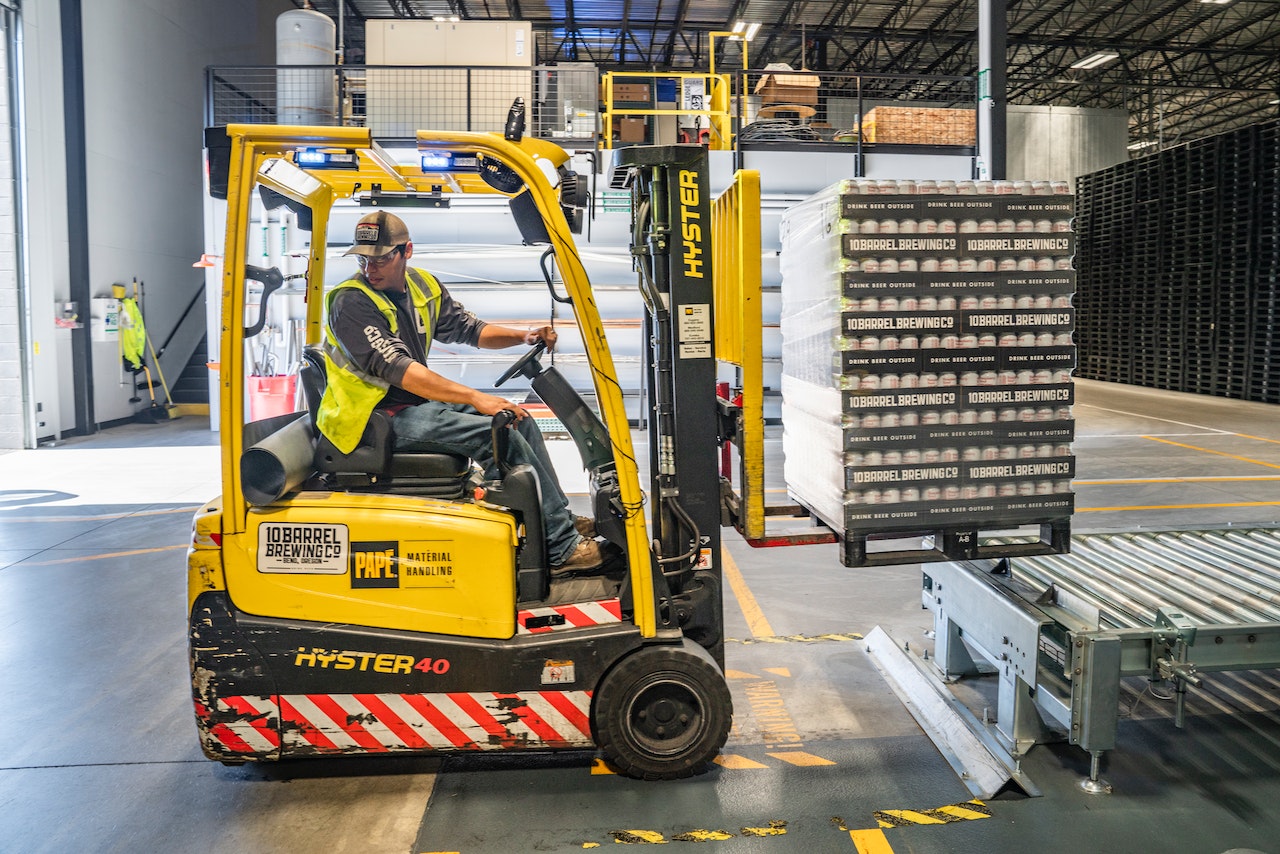Just one trouble that homebrewers confront is Beer Haze. Now, me getting an avid beer drinker, I do have an understanding of that specific types of beer are intended to have a specified stage of cloudiness. Not only does haze have an effect on the glimpse of your brew, but it can present you with a horrible tasting brew that you wouldn’t want to drink if your life depended on it. Beer haze takes place when the brewing and fermentation procedure has ended and it can be a signal of some undesirable challenges. Hazes can point out an infection in your beer due to use of wild yeasts or germs ensuing in inappropriate cleanliness leading to the beer to spoil. In this situation, the haze can’t be corrected and the beer are unable to be salvaged. These are called biological hazes. Normally apply excellent hygiene when it will come to your tools and usually use yeast that has excellent flocculation attributes for superior beer clarity.
Non-organic hazes are damaged down into two types: chill haze and permanent haze. Chill haze takes place when beer is cooled and the haze dissolves when the beer is warmed at 20 levels Celsius or greater. Lasting haze is when the haze continues to be even if beer is at home temperature. Proteins and Polyphenols (tannins) are also contributing components in non-biological hazes. Polyphenols are extracted from the beer substances through the brewing and fermentation course of action, so polyphenols are going to be in your beer in a natural way irrespective of your brewing method or the type of beer you are brewing. That would not indicate that there is very little you can do to combat the dilemma.
If you have a beer that consists of a lot of yeast, you can try out a strategy identified as chilly conditioning for a couple of days to faze out the haze. If that isn’t going to perform, just simply just filter out the yeast. Haze from way too significantly yeast is a simple challenge and very straightforward to resolve. Normally use the freshest elements probable. Utilizing clean malt and hops would be to your edge in the fight against haze. Examine water for carbonates. Water with carbonates exceeding 20 ppm will affect mash pH. Boil drinking water for 15 to 30 minutes to cut down hardness. If the level of calcium in the water is inadequate, insert calcium chloride to the water in advance of boiling. Your mash pH ought to be no greater than 5.3. If you see your mash pH going earlier mentioned 5.3, you can incorporate lactic acid to change the pH. Protein rests and correct wort separation from incredibly hot and chilly breaks just before fermentation can reduce the risk of beer haze.
If your brew is an all-grain brew, your sparging process can lead to beer haze. Your sparge h2o temperature should really be no bigger than 70 to 75 degrees Celsius. If the pH starts to increase over 5.3 throughout sparging, quit sparging. Incorporate lactic acid to drinking water to minimize pH of the runnings, then resume sparging. Working with Irish Moss in your boil can help with beer haze as properly. The advised total is 5g per 5 gallon batch. Make confident the moss is rehydrated prior to you add to boil. Make guaranteed you have a fantastic rolling boil and under no circumstances boil for much more than 2 several hours. Enable beer to stand for 15 minutes right after boil so warm split can settle with the hops. Chill your brew as immediately as feasible immediately after boil to allow for suitable cold crack formation.





More Stories
Manner Freak? Top rated 4 Manner Applications Trending in 2018
The Point out of VoLTE in India
Very best Application Progress Trends Android Application Builders Have to Know In 2021